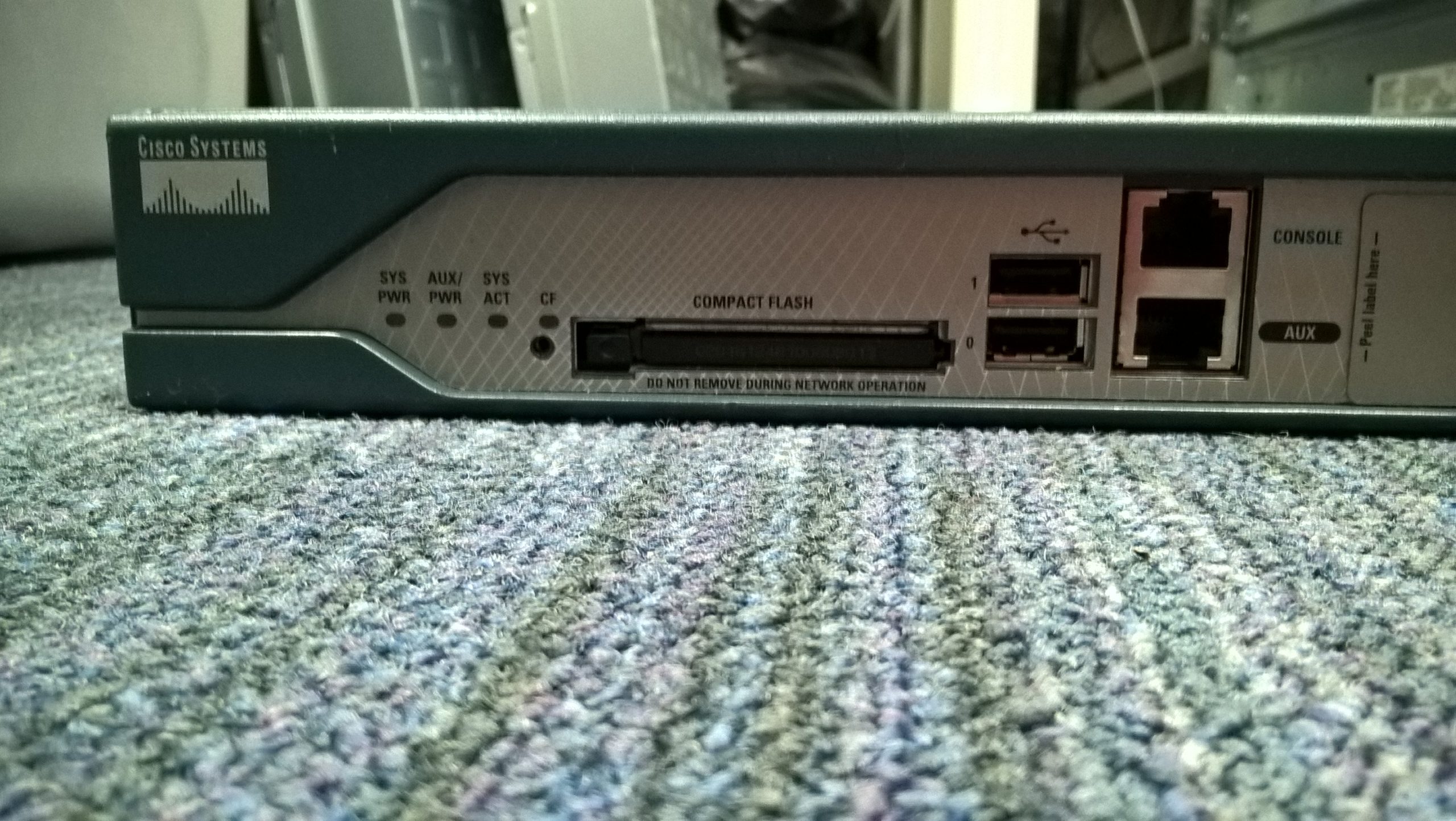The 5090 Upgrade: A Cautionary Tale for Gamers
In the world of PC gaming, upgrades are often seen as gateways to unparalleled performance and immersive experiences. However, my recent adventure with the 5090 graphics card has taught me a valuable lesson about expectations versus reality.
A Quick Backstory
Years ago, I decided to indulge myself with an EVGA 3090 Ti—a purchase that set me back around $1,600 during a sale. At the time, it felt like a significant investment, but I reassured myself that I could skip the 4000 series and wait for the 5000 series before upgrading again. For someone who dedicates a considerable amount of time to gaming—typically four to ten hours a day—this seemed like a reasonable plan. In my mind, spending on high-quality hardware that enhances my gaming experience was justified.
The Hype and the Reality
When news about the new 5000 series graphics cards broke, my excitement was palpable. But as anticipation grew, so did my disillusionment. After a period of waiting, I finally had a chance to grab the Aorus Master Ice card for a staggering $3,000—a retail price that felt almost surreal. Not wanting to miss out, I rushed to make the purchase.
Fast forward a month, and I’m now contemplating returning the card. Perhaps my expectations were overly ambitious, but I truly believed that I would effortlessly run the latest Doom at 1440p on ultra settings, maintaining a consistent 163 frames per second without any hiccups. I envisioned an unblemished gaming experience, engaging with demanding titles like Expedition 33 without interruptions.
An Underwhelming Experience
Much to my disappointment, reality fell short of my expectations. While the 5090 does demonstrate some performance improvements over my 3090 Ti, I found myself grappling with concerns about power consumption—drawing a staggering 600 watts—and cable management issues, all the while still experiencing performance hiccups during demanding gameplay. The minimal boost in settings didn’t translate to the enhanced experience I had anticipated.
Words of Encouragement
As I reflect on this journey, I find myself wanting to share this experience with fellow gamers who may be feeling frustrated about not being able to upgrade. If my situation resonates with you, understand that you’re not missing out as much as you might think. The astronomical costs associated with these new graphics cards can create unrealistic expectations, leading many of us to believe we
Share this content:




Thank you for sharing your detailed experience with the 5090 upgrade. Upgrading to high-end hardware like the 5090 can sometimes bring unintended challenges such as higher power consumption, cable management issues, and performance expectations not aligning with real-world results. Here are a few suggestions that might help optimize your setup: